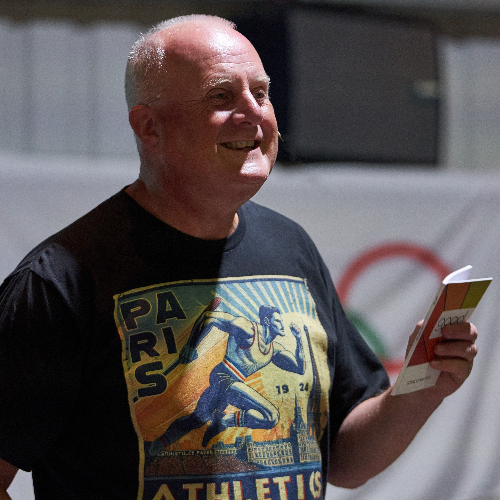-
Jesus - The Water Of Life.
Contributed by Gordon Curley on Nov 28, 2017 (message contributor)
Summary: Jesus - The Water of Life. (PowerPoint slides to accompany this talk are available on request - email: gcurley@gcurley.info)
Reading: John chapter 7 verses 25-53.
Ill:
Water facts Quiz.
Our key verse this morning is verse 37-38:
37On the last day, the climax of the festival, Jesus stood and shouted to the crowds, “If you are thirsty, come to me! 38If you believe in me, come and drink! For the Scriptures declare that rivers of living water will flow out from within.”
(1). Now the background to our reading - feast:
• Jesus is at the Festival of Tabernacles,
• Or the feast of Booths,
• This was one of the three great feats of the Jews.
• Like all the great Jewish festivals it had a double significance:
First: it had an historical significance.
• It received its name from the fact that all through the feast, people left their houses,
• And lived in little booths, home made shelters, e.g. dens.
• Everywhere you looked you would see these homemade shelters.
• They would be on;
• The flat house roofs, in the streets, the city squares,
• Even in the courts of the Temple.
• The people were not allowed by law to use permanent structures
• But only shelters built specially for the occasion.
• And as you might expect there was rules and regulations,
• Regarding how you built these shelters (Leviticus 23 verses 33-44).
The historical significance of all this was to remind the people in unforgettable way:
• That once they had been homeless wanderers in the desert,
• For forty years,
• They were without a roof over their heads,
• When the Lord “brought them out of the land of Egypt.”
Also during the festival:
• The temple area was light up by large candlesticks,
• Which reminded the people of the pillar of fire that had guided them.
• So the feast was full of graphic symbols,
• Which were linked to historic incidents.
Second: it had an agricultural significance:
• It was a type of harvest thanksgiving festival.
• And it was the most popular festival of all.
• Sometimes it was called simply The Feast, or the festival (1 Kings 8: 2),
• Quote: Josephus called it: “The holiest and the greatest festival among the Jews “
The people who gathered in the temple each day enacted a prayer for rain:
• Each person that had gathered, held a citrus fruit in their left hand,
• Which represented ‘the land of good things’ which God had brought them too.
• In their right hand were a bundle of leafy branches,
• This represented the shelters they lived in during that journey to the promised land.
The priests would be holding a small golden jug:
• The people would accompany him down the streets of Jerusalem,
• Out through the water gate and on to the Pool of Siloam.
• The priest would fill the jug with water and return to the temple.
• It was a reminder to the Jews of the miraculous way God provided water from the rock.
• When they arrived back at the temple,
• The priest would pour the water into a bowl, which was next to the altar.
This was a look back and a look forward:
• Everyone was aware that unless God gave rain in the next coming months,
• There would be no celebration next year.
• So this was a time of thanksgiving for the past,
• And a time of praying for the future.
As we will see in a bit:
• This special ceremony is very closely connected with our passage,
• And especially with the words Jesus chose to use.
(2). Now in the verses we are looking at - dispute:
• We are breaking right into a dispute between Jesus and the Jewish leaders.
• Without going over last weeks sermon let me remind you of the context of our verses.
• Verses 10-13:
• The character of Jesus is being discussed.
• Verses 14-18:
• The doctrine, the teaching of Jesus is being discussed.
• Verses 19-24:
• The works, his miracles are being discussed.
• And now in verses 25-31:
• The origin of Jesus is being discussed.
You can divide the chapter up this way:
• Verses 14-24: You have a discussion on the teaching of Jesus regarding Judaism.
• That is the attitude of Jesus to the Law.
• Verses 25-36: You have a discussion on the teaching of Jesus regarding the Father,
• That is his relationship with him, who is the source & goal of his life.
Up to now Jesus has debated with two groups of people:
• (1st group). Religious leaders (verses 11-36)
• That is the Pharisees, chief priests, Sadducees and the scribes.
• (2nd group). The crowds, the people, they would be pilgrims, visitors to Jerusalem.

 Sermon Central
Sermon Central



